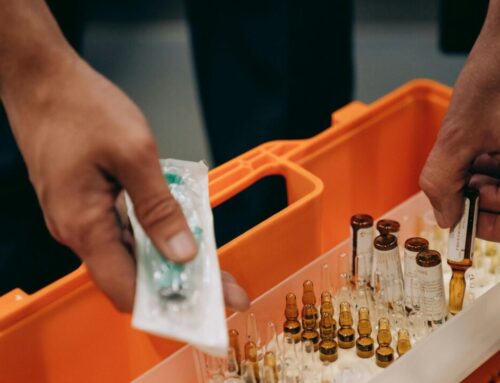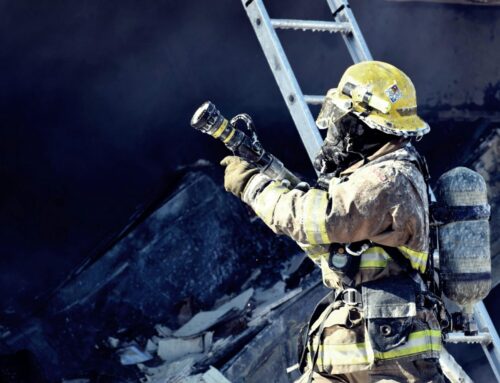Technology has made it possible for us to have what we want when we want it with the push of a button. This new reality has resulted in the growing demand for fast and fresh food at our fingertips. But can cold chain logistics keep up? To ensure that your frozen food deliveries are foolproof despite the unending list of potential issues along their road to delivery, you will want to be aware of these three common mistakes of frozen food delivery and the ways to avoid them.
Poor packaging
Packaging is arguably the most critical step in frozen food delivery. There are many considerations to ensure the food can travel a long and sometimes delayed journey to its destination without altering the integrity of the food and its freshness. Your product should be packaged in multiple layers of airtight, insulated packaging, each with a specific task to keep the food always frozen. The first inner layer should be made of waterproof material, preventing any potential food leakage if the frozen seal is compromised. Each following layer should add an extra level of protection, which is why a foam layer and hard outer shell should be included.
When choosing the proper packaging, the size is just as important as the quality. Having a container that is too large or too small can cause the food or the coolants to be damaged. Find packaging that comes in multiple sizes, but all constructed with the same quality materials.
Using dry ice
There are many steps to the packaging process that leave little room for error. The packager must have an educated understanding of dry ice and how to safely handle, store and package it. There are potential risks of skin burns, asphyxiation if the gas is not vented correctly, and within the packaging, it can create a pressure build-up causing it to burst.
Dry ice is the go-to for frozen food delivery because it can reach a temperature of -109 °F. This isn’t always a positive, though. Freezing foods at this drastically cold temperature can tamper with the freshness of the food. Frozen foods may dry out, causing freezer burn or a loss in quality. Despite its use over many years, it is not the best option. Dry ice is impossible to maintain, as it evaporates back into CO2 as soon as it is formed, making it an expensive, ongoing cost, as well as a hazard to the environment and potential the packager or recipient.
Replace dry ice with safe and environmentally friendly phase change material (PCM). A “Phase Change” is a transition between a liquid and a solid, like ice, or a transition between a solid and a gas, dry ice, for example. When a PCM freezes, it releases a large amount of energy called “latent heat” and does this at a relatively constant temperature. As the PCM melts, it absorbs a large amount of heat from the environment.
PCMs in proper packaging only require a brief time in the freezer to charge, but do not require long-term freezer use or storage. They can store and release large amounts of energy, maintaining a temperature within a specific range. PCMs can reliably achieve and maintain 0°C (32°F) refrigerated, -7°C (19.4°F) frozen, -16°C (3.2°F) frozen, and -21°C (-5.8°F) ultra-cold, depending on the applications or need.
Slow or delayed shipping
As we all have experienced, shipments don’t always come on time, and occasionally packages are even lost in transit for weeks. Normal refrigerants eventually will melt or in the case of dry ice, evaporate back into a gas and lose their cooling effects.
There is a lot of preparation that can be carried out to try to avoid this, like shipping earlier in the week, avoiding holidays, paying for rushed shipping, etc.. Still, none of these are foolproof, and there are always going to be instances where all else fails.
To be prepared for those situations, requires no planning at all, just the use of PCMs as your refrigerant. PCMs can hold refrigerated and frozen temperatures for extended periods, reaching up to five days with the proper packaging and insulation.
In the age of the pandemic, frozen food delivery has skyrocketed, becoming an essential means for keeping homes stocked, refrigerators full, and bellies satisfied almost overnight. TCP’s -21 and -16 centigrade phase change material (PCM) (PC-16 and PC-21) makes frozen food delivery more environmentally friendly, safer, and easier to use than it has ever been before.
Consult our cold chain experts to determine which formula is best suited, and how to design the most effective package, for your unique application.



